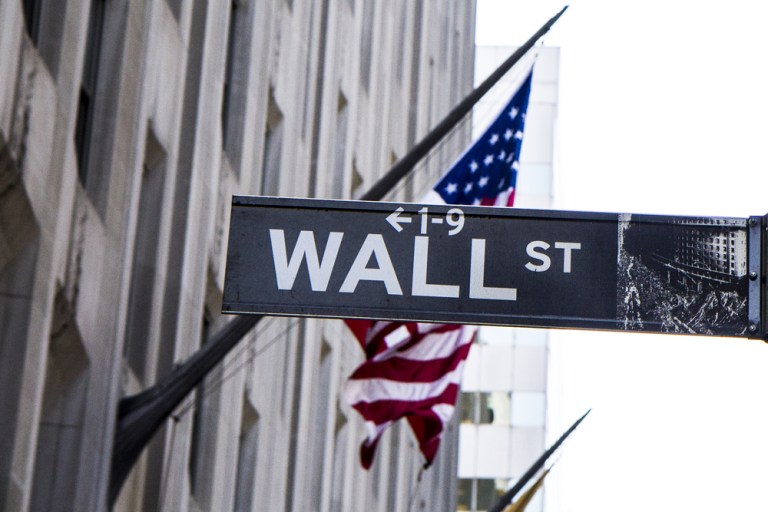
All U.S. eyes may be on the Federal Reserve and the ongoing policy meeting — and, by extension, where rates are headed here in the States.
That makes sense. The Fed, after all, holds the key to what happens when it comes to U.S. interest rates. And interest rates affect stocks. Though most Fed watchers do not expect the all-important federal funds rate to be hiked this week, the attention is already shifting to the end of the year.
But what about Japan? The decision overnight to keep rates steady means that interest rates in that region are already, well, negative. Conversely, it is widely expected that other measures will be put in place. A method tried in the past — monetary expansion with an inflation target of at least 2 percent — may start to push yields up.
If yields go up abroad and, here at home, interest rates stay stubbornly low, it’s not too farfetched to think that investors, who love to chase yields, will indeed start to shift money away from the U.S. markets.
Shifting money out of the U.S. markets could come via two methods, where money flows out of stocks (sending them lower) or our of bonds (sending bond prices lower). In the case of the latter, as bond prices move lower, yields rise. Treasurys, typically a haven of safety, have been stuck at around 1.7 percent, but any boost here would start to reset rates elsewhere — higher, of course. Should rates shift higher, banks get to make more money, but life becomes a bit more expensive in other arenas (like credit cards, mortgages and student loans).
Then, the stage is lit a bit brighter for that Fed hike that never quite seems to come but then will. That does not seem like a great scenario for stocks, and it all may be triggered by what happens beyond our shores.